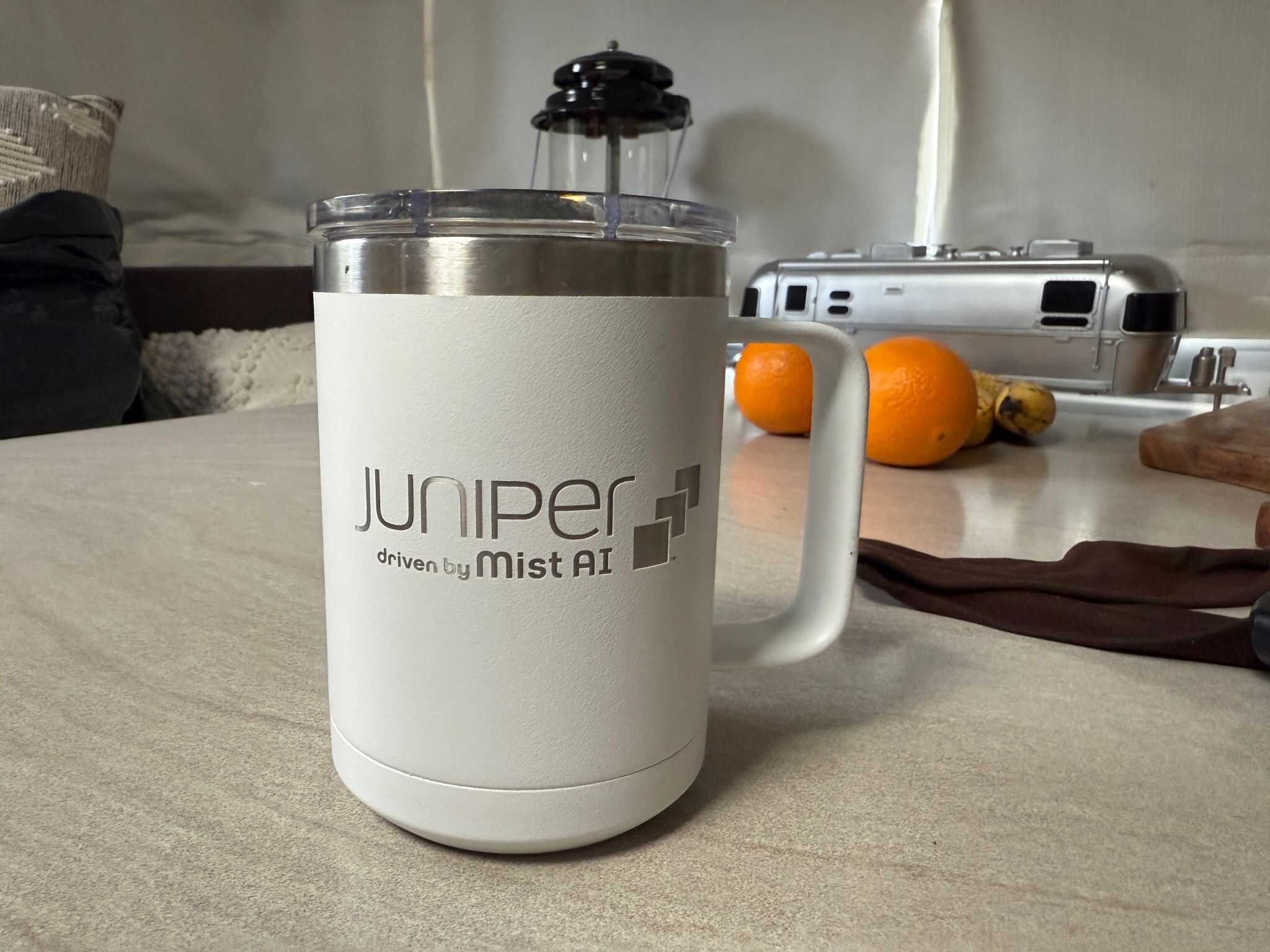HPE + Juniper: Apstra, Intent, and the Battle for the Next-Gen Data Center
The ground is shifting beneath enterprise IT, and VMware’s long-held dominance is no longer a given. This seismic shift has paved the way for audacious moves, such as HPE’s acquisition of Juniper Networks. This move transcends mere competition with Cisco. For HPE, this isn’t merely an acquisition; it’s the defining moment to fundamentally transform enterprise IT operations from the core outwards.
At the heart of this transformation is Apstra. We’ve seen its power firsthand. It delivers intent-based automation and telemetry for multivendor EVPN/VXLAN overlays, simplifies complex operations, and flags misconfigurations that would typically cripple IT teams. While Apstra and NSX have traditionally operated in distinct realms—NSX within the software-defined bubble, Apstra building up from the physical infrastructure—HPE’s acquisition now dramatically expands Apstra’s potential beyond its original scope.
HPE’s strategic advantage extends beyond Apstra. It includes OpsRamp, a robust observability platform already monitoring compute and storage across the enterprise. Imagine a regional bank using OpsRamp to oversee infrastructure across dozens of branches and data centers. Now, integrate Apstra into that equation. It’s no longer just about real-time network validation; it’s about comprehensive state management across compute, storage, and networking. This isn’t merely an upgrade; it’s a fundamental paradigm shift.
Download our Abstra PoC Report
This synergy breaks down long-standing silos. Apstra tracks and understands configuration drift, validates policy compliance, and offers real-time visibility into operational state across the stack. OpsRamp, traditionally focused on compute and storage, is elevated by Apstra’s network intelligence. Together, they create a unified operating fabric that enterprise IT teams have long struggled to build on their own.
This integrated vision becomes critically relevant as enterprises face escalating cloud spend, stricter data privacy regulations, and the complexity of AI deployments. Many CIOs are discovering that the public cloud isn’t always the optimal solution, particularly for AI workloads that demand proximity to sensitive data. In this context, HPE and Juniper present a compelling proposition. They offer a CloudWatch-like experience for on-premises infrastructure. When you add Apstra’s intent engine and real-time state validation, the private data center is no longer a cost center. It becomes a powerful strategic asset.
But this vision cannot depend on Apstra alone.
HPE controls an impressive set of assets. These include ProLiant servers, Alletra storage, Cray supercomputing, Aruba networking, and Morpheus Data. Now, it adds Juniper to that formidable list. To reclaim leadership in enterprise infrastructure, HPE must unify these capabilities into a cohesive operational model. That requires more than feature integrations. It demands a shared language, coordinated roadmaps, and a clear commitment to solving real customer problems.
This is the tangible proof customers demand. It will determine whether this ambitious acquisition delivers on its full potential. Enterprise IT leaders are weary of vision alone. They want demonstrable results. HPE now has a singular opportunity to deliver, and the industry will be watching every move.
You need help with your strategy, we now offer Keith on Call an async advisory option that doesn’t require a 50 page report to get to the meat of the advice.
Share This Story, Choose Your Platform!

Keith Townsend is a seasoned technology leader and Founder of The Advisor Bench, specializing in IT infrastructure, cloud technologies, and AI. With expertise spanning cloud, virtualization, networking, and storage, Keith has been a trusted partner in transforming IT operations across industries, including pharmaceuticals, manufacturing, government, software, and financial services.
Keith’s career highlights include leading global initiatives to consolidate multiple data centers, unify disparate IT operations, and modernize mission-critical platforms for “three-letter” federal agencies. His ability to align complex technology solutions with business objectives has made him a sought-after advisor for organizations navigating digital transformation.
A recognized voice in the industry, Keith combines his deep infrastructure knowledge with AI expertise to help enterprises integrate machine learning and AI-driven solutions into their IT strategies. His leadership has extended to designing scalable architectures that support advanced analytics and automation, empowering businesses to unlock new efficiencies and capabilities.
Whether guiding data center modernization, deploying AI solutions, or advising on cloud strategies, Keith brings a unique blend of technical depth and strategic insight to every project.




